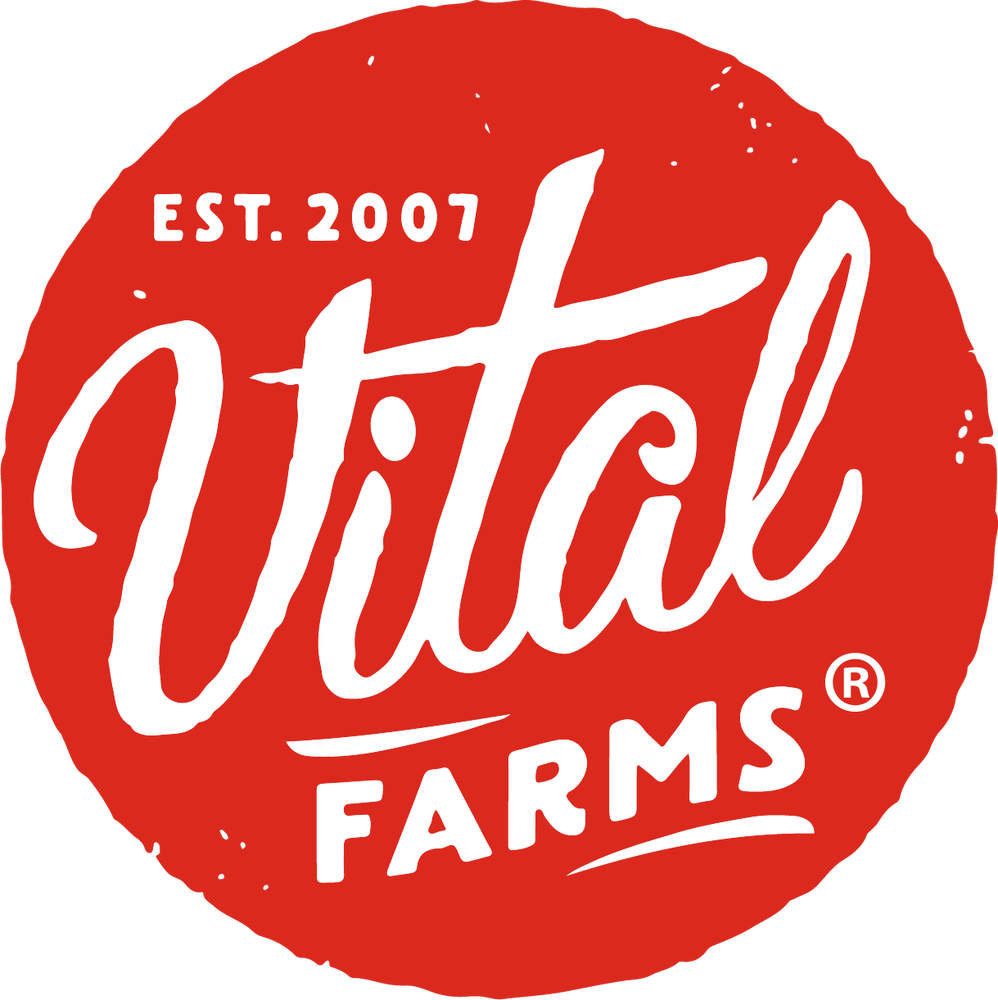This article is proudly sponsored by Lake Region State College!
Vital Farms (VITL): The Egg Company With a Business Model So Beautiful, It’s Almost Pasture Poetry
The Pasture-Powered Empire
Vital Farms started in 2007 with a small flock of hens in Austin, Texas. Today, it’s the largest brand of pasture-raised eggs in the United States, available in over 26,000 retail stores nationwide. Unlike commodity players, Vital Farms built a branded food business around a simple promise: better food, ethically produced, and transparently marketed.
That mission resonates. Consumers pay premium prices—sometimes three to four times the cost of conventional eggs—for the assurance that their breakfast comes from happier hens.
The Business Model: Distributed Farms, Centralized Brand
Vital Farms runs on a hybrid model:
- Family Farm Network – Instead of owning massive factory farms, Vital partners with 300–400 independent family farms. Each farm follows strict pasture-raised standards, giving every hen outdoor access and a more natural environment. Vital provides the playbook, while farmers provide the land and care.
- Processing Facilities – Eggs are collected and sent to the company’s state-of-the-art “Egg Central Station” for washing, grading, and packaging. This ensures quality control and consistency across the brand.
- Branded CPG Approach – Here’s the magic: Vital doesn’t sell generic eggs. It sells a story, packaged in a bright black carton that screams premium. This branding transforms a commodity into a consumer packaged goods powerhouse—just like Starbucks did with coffee.

How Vital Farms Makes Money
Vital Farms earns revenue by selling a mix of products:
- Shell Eggs (≈88% of sales) – Pasture-raised, organic, and “restorative” options that dominate their portfolio.
- Butter and Other Products (≈12%) – Pasture-raised butter, liquid whole eggs, and hard-boiled eggs. This category is small but growing as Vital expands beyond the carton.
The Economics:
- Premium Pricing – Shoppers regularly pay $7–$9 per dozen for Vital Farms eggs versus $2–$3 for conventional. That margin gap is the core of their model.
- High Gross Margins – Compared to traditional producers, Vital enjoys margins about nine points higher. Efficiency plus branding equals stronger profits.
- Variable Costs – Feed prices and farm payments scale with production, but premium positioning cushions shocks better than commodity peers.
Growth in Action
- Revenue Growth – Vital has grown revenue at more than 30% annually since its IPO. In 2024 alone, sales rose more than 33% year-over-year.
- Profitability Surge – Net income exploded over 1,000% in 2023 thanks to strong demand and disciplined cost management.
- Expansion Potential – With new processing lines and a goal to hit $1 billion in revenue by 2027, the runway for growth remains long.
Why the Model Works for Investors
Vital Farms’ beauty lies in three investor-friendly traits:
- Secular Demand – Eggs are cheap protein. As inflation pushes consumers away from beef or salmon, eggs gain share. Vital’s brand makes it the “premium trade-down” option.
- Resilient Supply Model – A distributed farm network reduces risk from localized disruptions like avian flu.
- Brand Loyalty – Customers aren’t just buying eggs; they’re buying values. Many shoppers would rather leave empty-handed than downgrade to conventional cartons.
Risks Investors Should Note
- Input Costs – Corn and soybean feed prices directly impact margins.
- Ethical Scrutiny – Some critics argue “pasture-raised” isn’t as idyllic as marketing suggests. Reputation is part of the brand’s moat, so perception risk matters.
- Scaling Challenges – Growth depends on continually adding new farms and maintaining quality control as the network expands.
The Bottom Line: Eggs, But Make It Premium
Vital Farms cracked the code: take one of the cheapest, most common foods in America, layer in ethical sourcing, premium branding, and disciplined execution—and suddenly you have a high-growth, margin-rich food company.
For investors, the model is clear:
- Strong revenue growth
- Premium margins
- Scalable farm network
- Powerful brand equity
In short, Vital Farms turned eggs into a luxury good without making them unaffordable. That’s not just smart business. That’s beautiful business.
DISCLAIMER: This analysis of the aforementioned stock security is in no way to be construed, understood, or seen as formal, professional, or any other form of investment advice. We are simply expressing our opinions regarding a publicly traded entity.
© 2025 MacroHint.com. All rights reserved.